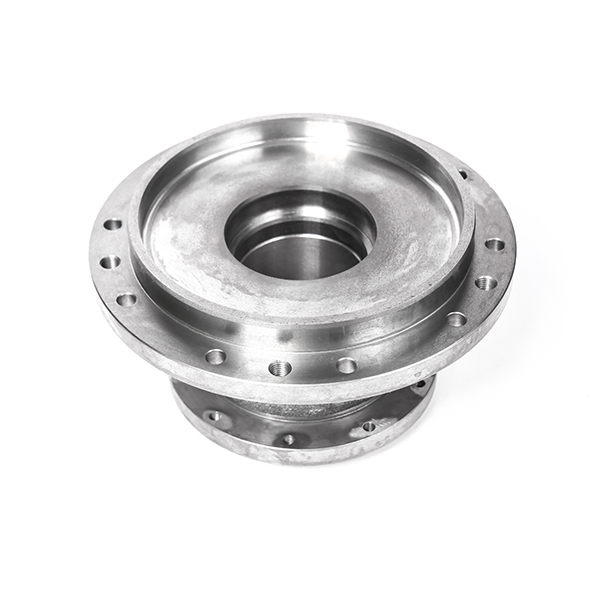Mobile:+86-311-808-126-83
Email:info@ydcastings.com
welded end cap
Understanding Welded End Caps An Essential Component in Piping Systems
Welded end caps are crucial components in various piping systems, playing a vital role in sealing and protecting the ends of pipes. Made from a variety of materials, including carbon steel, stainless steel, and alloys, these end caps are designed to withstand high pressure and extreme temperature conditions, making them suitable for diverse industrial applications.
The primary function of a welded end cap is to close off the ends of pipes securely. This not only prevents the escape of fluids or gases transported through the pipes but also safeguards the internal environment from contamination. Whether in oil and gas industries, chemical processing plants, or water treatment facilities, the integrity of the piping system is paramount. Therefore, welded end caps are engineered to provide a durable and leak-proof seal.
The manufacturing process of welded end caps involves several steps. First, the cap is shaped into a half-spherical or flat design, depending on the application requirements. After that, it is attached to the end of the pipe using a welding technique. Common welding methods include arc welding, TIG (Tungsten Inert Gas) welding, and MIG (Metal Inert Gas) welding. The choice of welding method often depends on the material of the pipe and end cap, as well as the environmental conditions they will endure.
welded end cap

One of the significant advantages of using welded end caps is their strength and reliability. The welded joint provides a robust connection that can handle substantial pressure without compromising the system's integrity. Additionally, welded end caps have a longer lifespan compared to threaded or flanged caps, as they are less susceptible to damage and leakage.
Moreover, in many industries, regulations and safety standards dictate the type of fittings and connections that can be used. Welded end caps often meet or exceed these strict requirements, ensuring that the piping systems operate safely and efficiently. This compliance not only protects workers and facilities but also supports the overall reliability of the infrastructure.
The versatility of welded end caps makes them suitable for various pipe sizes and types. They can be produced to accommodate different diameters and wall thicknesses, ensuring that they can be used in both small and large-scale applications. Additionally, custom designs can be created to meet specific project requirements, further enhancing their adaptability.
In conclusion, welded end caps are indispensable in the construction and maintenance of piping systems across numerous industries. Their strength, reliability, and compliance with safety standards make them a preferred choice for ending pipe connections securely. As industries continue to evolve and demand higher-performance components, welded end caps will undoubtedly remain a pivotal part of engineering solutions. Whether in a chemical plant, a power generation facility, or an oil refinery, their role in ensuring operational efficiency and safety cannot be overstated.
-
Impeller Technology That Powers Precision in Pump SystemsNewsMay.22,2025
-
Valve Durability Begins with Quality Cast Iron ComponentsNewsMay.22,2025
-
Performance Cooling with Advanced Automobile Water Pump SolutionsNewsMay.22,2025
-
How Motor Housing and Oil Pans Shape Engine PerformanceNewsMay.22,2025
-
How Metal Castings Drive Modern Manufacturing EfficiencyNewsMay.22,2025
-
Exploring the Engineering Behind Valve Body CastingsNewsMay.22,2025











